I used to go through brushes like water because I was a bit lazy when it came to taking care of them properly. Cleaning oil brushes is probably one of my least favorite things to do! However, it saves a lot of money to take the small simple steps to properly wash them. So, here I outlined the steps I take so that you can learn how to clean your paint brushes. There are many different ways to take care of brushes—most of them good—but here is a simple yet cost effective method.
1) Wipe brushes on a Rag
I start the brush cleaning process by first wiping paint off onto a rag. This gets off the superficial layer of paint that is stuck on your brush – it will help to keep your brush cleaner jar cleaner!
2) Clean your brushes in your brush cleaner
After wiping your brushes off on a rag, dip them into your brush cleaner. In case you do not know, a brush cleaner is a jar with a net at the bottom or something that is able to catch the paint off of your brush. It is a method of cleaning your brushes during the painting process. However, it is also used at the end of your session to get most of the paint off your brush before giving it a ‘thorough cleaning’.
Have your brush cleaner be filled with half linseed oil and half turpenoid. This will get most of the paint off before you move on to the next step. Cleaning your brushes initially in the brush cleaner is also good for the environment. It keeps the harmful heavy metals that are in some paints out of the public water supply. So, be sure to remember this step!
3) Grab Murphy’s Oil Soap
You will probably find some Murphy Oil Soap under your sink, if not, it is reasonably priced and easily found – and is very reasonably priced. It is a wood cleaner but works excellently for brush cleaning because it does not just clean but also conditions. You can also use olive oil soap — I find mine at a specialty Mediterranean food shop. Conditioning your brushes is just as important as cleaning them. You want to avoid stripping your brushes of their natural oils—over cleaning your brush will cause it to dry out and shorten its lifespan.
Pour some Murphy soap into a plastic container and rub your brushes into it. The remaining paint should immediately come back. Continue to rub the brushes into the soap until they are clean. Rinse the brushes with water when the brush is free of paint.
4) Shape your Brush
After the brush is clean and seems to be free of paint I shape the brush using a very small amount of soap. This helps the brush to keep its specific shape.
5) Condition your Brushes
Set aside a day out of the week (or once a month depending on how often you paint) to condition your brushes. I use baby oil but have heard turpenoid natural as also being recommended for this step. Fully immerse your brushes in either of these liquids for 24 hours. This step will condition your brushes very well while further getting paint off them that you were not able to get off during the regular cleaning.
6) What to do for Brushes that need Rescuing…
For brushes that have dried paint on them and are beyond rescue with a regular brush cleaning I find that Windsor and Newton brush cleaner and restorer to be quite incredible for stripping paint off. This even works for brushes that have been dried up for years. A necessary part of the studio…
For plein air painting I bring a small jar of linseed oil with me to clean my brushes quickly while out in the field. If needed, I do further cleaning when back at home. Doing a brief cleaning with linseed oil will keep your brushes from drying out before you get back home.
I hope these suggestions were helpful to you in caring for your brushes!
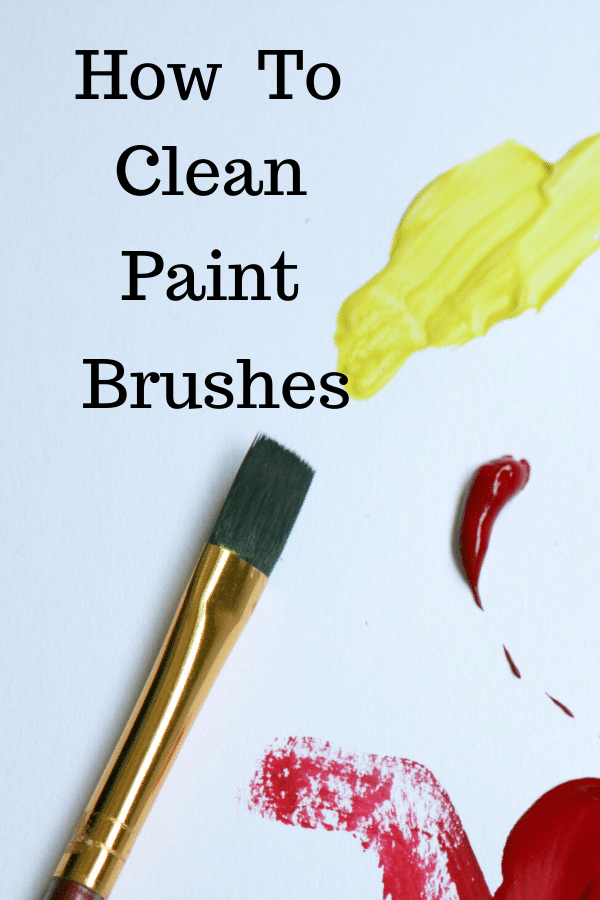

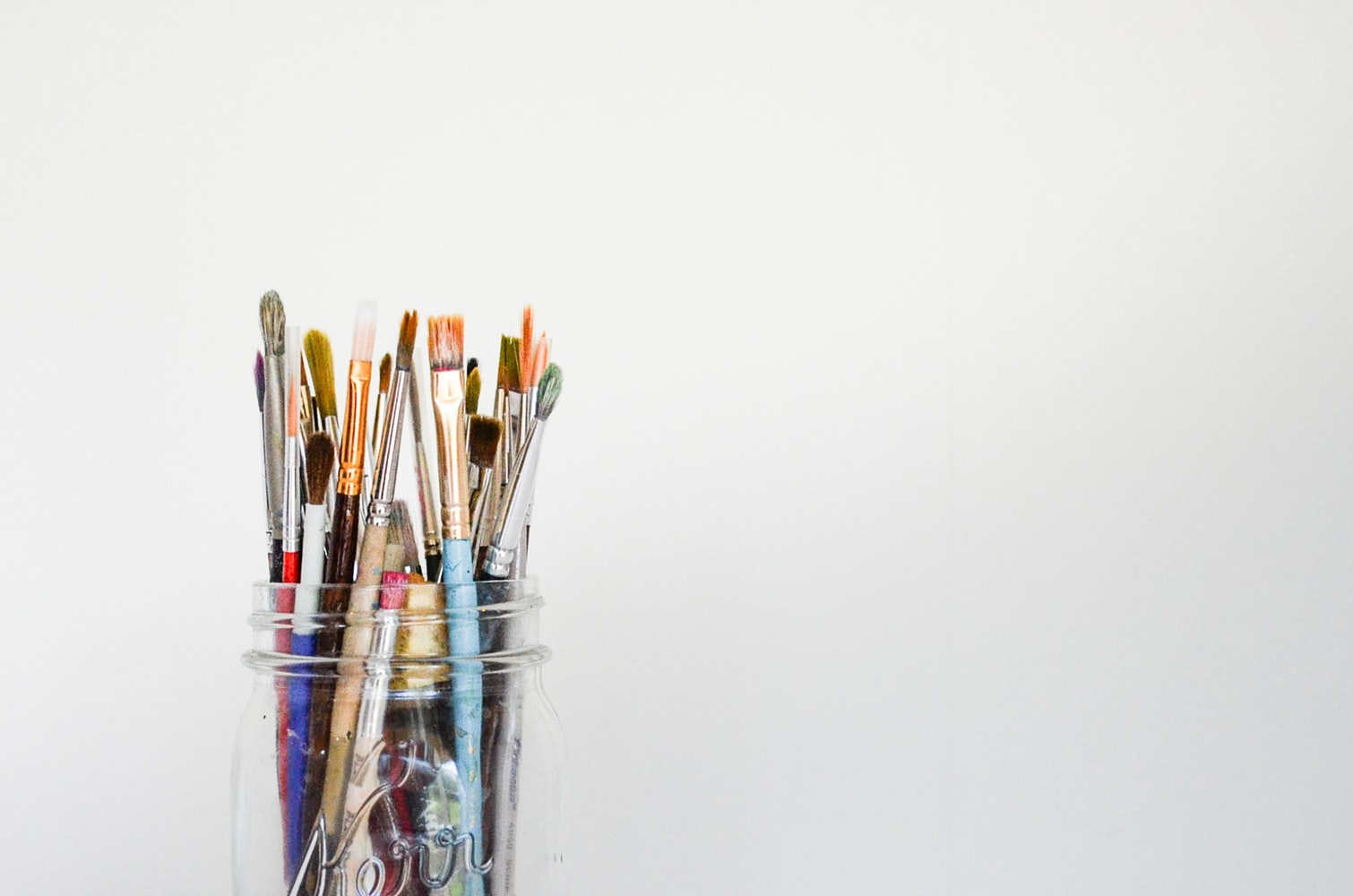

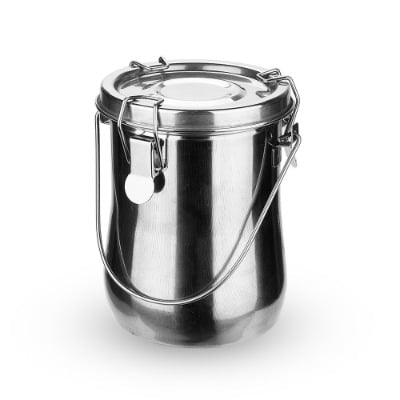
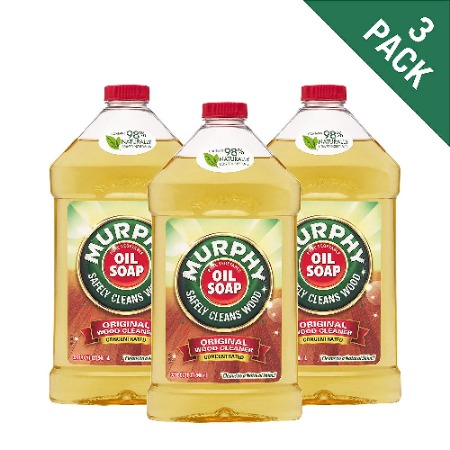



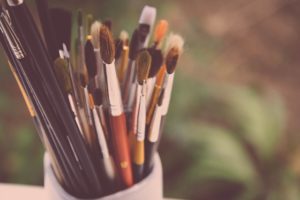
10 thoughts on “How to Clean your Paint Brushes”
Thanku for ur advice ..I learnt a lot
You are so welcome Shalini! Am glad this was helpful
After conditioning brushes with baby oil (immerse for 24 hours), is it necessary to clean off the baby oil to get ride of the oil? Oil does not dry up completely overtime; when it comes to use, would the oil stain affect function of paints? Any difference between in cleaning oil painting brush and acrylic painting brush? Thanks.
Hello Lilia – Great question. Yes, you do need to clean off the baby oil from your brushes to get rid of it. Baby oil is a non- drying oil so if you don’t wash the baby oil off from your brushes it will then get in your painting and your painting will not ever fully dry. Linseed oil on the other hand is a drying oil – which is the oil we use for oil painting. When cleaning an acrylic paint brush it is not as important to use baby oil to conditioning. Rather just use soap and water for cleaning.
You are enticing me to get back into art Too long away!
Glad you are feeling drawn back into art! 🙂
Thank you for a great tutorial. I have been doing this all wrong. Now to a fresh start to loving my brushes.
You’re so welcome!
Wow, cannot tell you how much I have learned from this and am so happy and grateful that I found this. Thank you so much. Normally I paint in acrylic because I was to afraid of oils but now I feel more confident. I cannot wait to practice. Thank you so much! Huge fan
I am so glad to hear that! You will love oils – they are so fun!